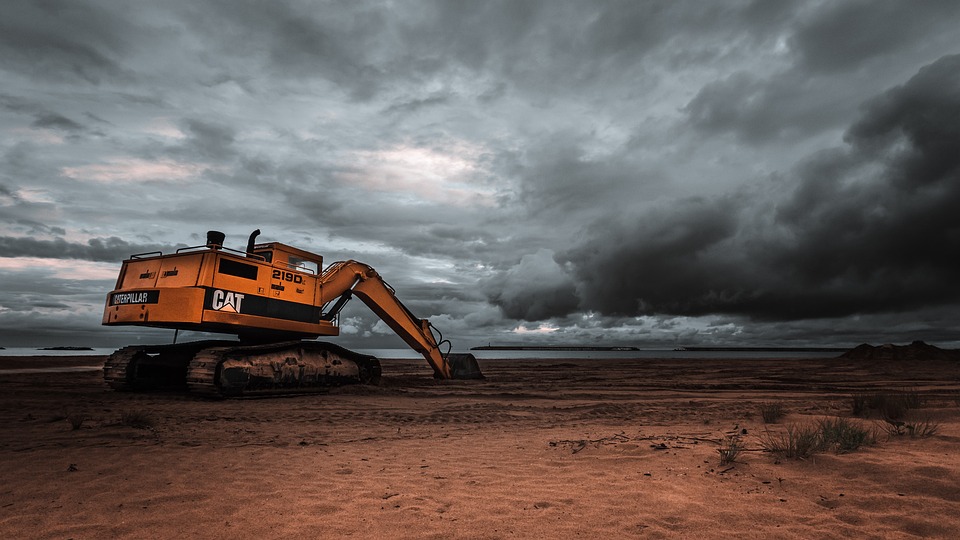
Development of Afghanistan, under any government, will require tens of millions of dollars of sand, cement, and gravel. But will this be a stimulus for Afghan industry or another missed opportunity?
Sand and gravel are the under-appreciated basis of the modern urban environment. From the glass in the windows, the concrete of the walls, and the foundations themselves. Though often thought of as being common to the point of almost unlimited supply, the reality is that aggregate materials like sand and gravel are in the midst of a perfect storm of supply and demand.
Critically, the sources of construction grade sands (riverbeds, and coastal exposed deposits) are no longer able to replenish naturally at a rate that can keep pace with demand. On the one hand, this has stimulated greater exploitation of quarried sand and recycling of aggregate materials. On the other, illegal extraction of sand from river beds has accelerated, damaging ecosystems and financing so called ‘sand mafias’.
While much focus in the Afghan mining industry has been on the promise of untapped reserves of exotic minerals and precious metals, less attention has been paid to sand and gravel. Sand extraction is established in a number of regions, including northern Badakhshan, central Balakh, southern Ghazni, and the region around Kabul itself.
Indeed, compared to other minerals and mined commodities, sand mining in afghanistan appears to be close to an ‘ideal’ case, and was at various points presented by the Ministry of Mines and Petroleum (MoMP) as such to international stakeholders. There are currently 45 live or under review licenses for sand and sand/gravel aggregate mines. Indeed, there is little evidence that, apart from very small-scale unregistered sand extraction operations near secondary urban centres, there is significant unregistered sand mining in Afghanistan at present.
Despite the fact that the sand sector in Afghanistan is relatively well managed, it has never been able to meet Afghanistan’s demand for such resources. Afghanistan has been a net importer of sand, primarily from Pakistan, for most of the past 2 decades - driven by the spike in construction activity triggered by the US-led reconstruction programme, which poured billions into building projects around the country.
As with much of Afghanistan’s recent history, the shock of sudden foreign intervention in the construction industry has had a significant impact. In the face of such extreme demand for materials, local concrete and aggregate suppliers were left behind in favour of more well known international companies who could supply the volume and grades of material familiar to managers of large scale construction projects. This squeezed out Afghan businesses who were unable to secure the investment and skilled personnel necessary to modernise their operations. Sand mining has faced a similar problem; the most valuable end markets for sand aggregate are as an additive material to cement and concrete for example, requiring careful grading to ensure correct particle shape and size.
Afghan sand mining operations, at present, do not have the facilities to effectively grade and process the sand they extract, which in large part is used as fill material, or as an additive to lower value construction materials within Afghanistan. Low investment across the Afghan mining and mineral sector is not just limiting the performance of existing sand mines; it has also resulted in very limited exploration of other major sand deposits in the country. Whereas modern extraction techniques require a very high level of capital investment for mineral resources such as metals or gemstones, the investment required to modernise sand extraction is significantly lower. A top-of-the-line sand mine might cost up to $25mn; a gold mine could easily cost 5-10 times that amount.
Sand may not be as glamorous as some of the other resources buried below Afghanistan but it may be one of the more important in terms of building a more stable, diversified economy. Investment in modernised sand extraction and sorting would have knock on benefits for reviving the Afghan building materials industry, which has fallen to the wayside without an affordable, accessible source of local materials.
This article was originally written for Pech Research.
Pech Research provides in depth research in the Farsi speaking world, with a specific focus on Afghanistan. We maintain access to a network of over 200 contacts in Afghanistan, covering every province and all major cities.
Pech Research offer in depth and up to date understanding of the Afghan market in the form of thematic sector reports, and bespoke consulting contracts.